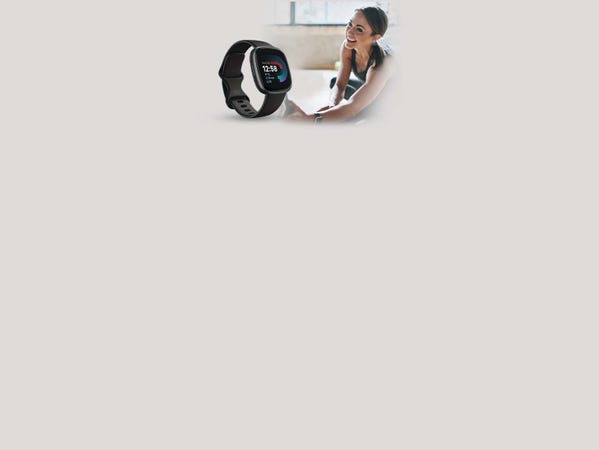Wearable Tech with Pulse Oximetry
Breathe easier with your own pulse oximeter reading
What is a pulse oximeter?
You may see this in a wearable device as a feature called “spO2.” It’s a shortened form referring to a pulse oximeter, whose medical terminology is peripheral capillary oxygen saturation. A pulse oximeter’s only job is to measure oxygen saturation in the blood, particularly red blood cells. A normal reading is 95 percent or higher. Anything lower than 92 percent may be an indication that something isn’t right.
Pulse Ox devices are usually clip-on units that are placed on the finger, though other appendages can also effectuate a reading, like a toe, nose, ear, foot or forehead. It is a non-invasive form of reading how oxygenated the blood is using a light that passes through blood vessels to come up with an accurate percentage.
The technology itself is not new, though has been increasingly miniaturized to the point where it can be embedded in wearable devices for quick, user-friendly readings at home or on the go. It doesn’t require much know-how, and the results can be useful to share with a doctor should a reading be lower than expected.
How does a pulse oximeter work on wearables?
There are some smartwatches and fitness trackers that include spO2 sensors as part of their respective features. These devices would measure blood oxygenation through the wrist rather than the finger or other parts of the body. That makes it convenient to use on a moment’s notice, and even less invasive without requiring a secondary attachment or device.
Wearables with an spO2 sensor will have it underneath the watch housing where the optical heart rate sensor lies. When enabled, it will shine a pulse of light through the wrist and illuminate blood underneath to read the amount of haemoglobin, the protein that carries oxygen, is actually inside. Unlike heart rate monitoring, which can be done in times of rest of activity, it’s best to do a pulse oximeter reading when rested.
Who would benefit from a pulse oximeter on a smartwatch or fitness tracker?
Anyone can benefit from pulse oximeter reading as a sign of good health, but there are particular use cases that may stand out. Readings have long been done as a way to identify or measure sleep apnea, where blood oxygen levels fall during sleep. It’s a condition many may not realize they have, so an spO2 sensor could shed some light on that. Smartwatches and fitness trackers can do multiple readings during a period of sleep and sync results to a dedicated app on your smartphone or tablet.
Not every smartwatch or fitness tracker will necessarily alert you to potential sleep apnea, but in checking the synced data on the app, you could come across a clue to breathing problems while asleep. It may also be a feature you have to turn on to begin with, since it can affect battery life per charge.
Another useful scenario would be in places at higher altitudes or higher levels of air pollution. Wherever it may be more difficult to breathe, a reading can provide insight into how much the environment may be affecting blood oxygen levels.


